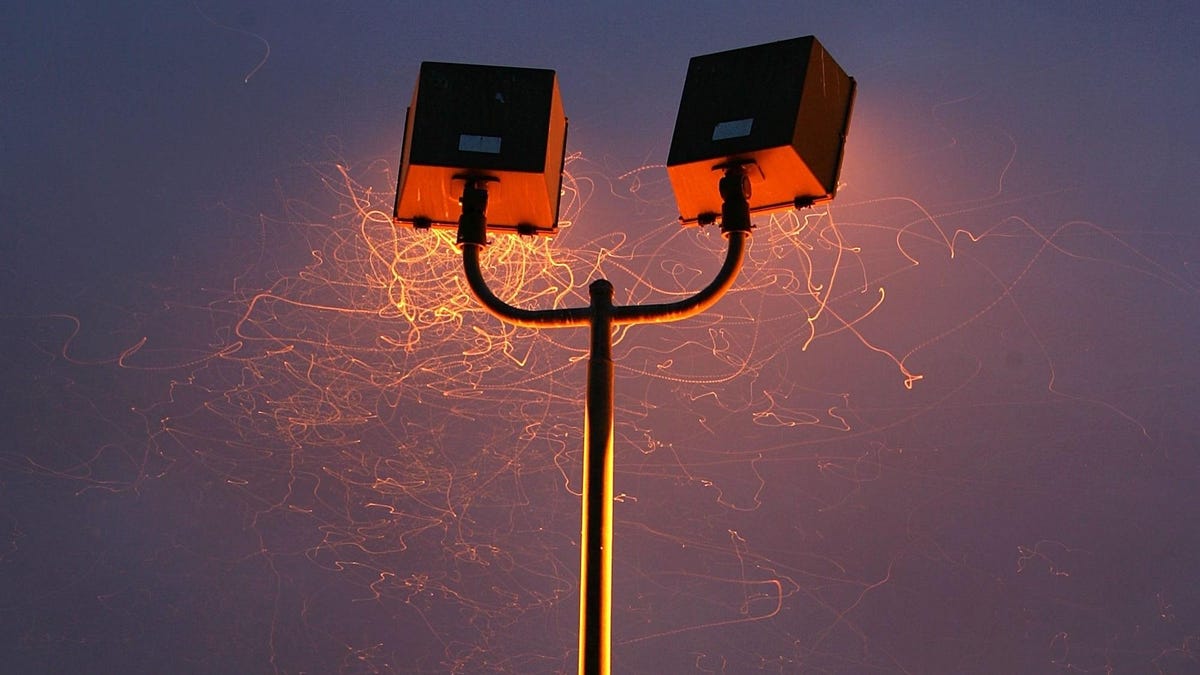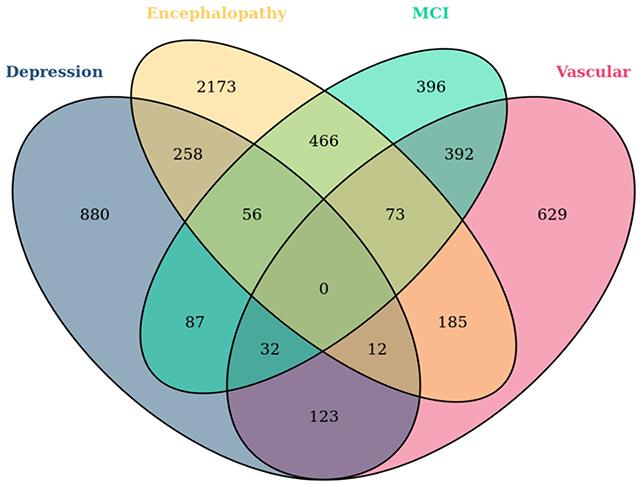For over 2,000 years, humans have used light to capture insects. A recent study reveals that insects are not actually drawn to light; rather, they use it to navigate, and artificial light confuses and disorients them, often leading to fatal consequences. The research was published in Nature Communications.
According to Jamie Theobald, a biologist at Florida International University and co-author of the study, the common belief that insects are attracted to light is incorrect, and the team’s findings refute previous speculations about this behavior. The team conducted field recordings in a Costa Rican cloud forest, observing the insects’ behavior around artificial light sources. They noted that the insects were either “orbiting”, “stalling”, or “inverting” in response to the light.
The research team also conducted lab experiments on diurnal dragonfly species and nocturnal moths, recording 538 flight trajectories across the four species. The results indicated that the insects did not steer into the light; instead, they generally turned their backs towards the light, using it as a guide for their flight. This natural behavior, effective under natural sky light, becomes disorienting near artificial sources, causing the insects to continuously circle the light and eventually become trapped by it.
The seemingly erratic flying patterns observed in response to artificial light are actually the insects’ futile attempts to navigate and make sense of the artificial light. This presents a cruel irony as insects, in their efforts to follow the light, end up meeting their demise.
Insects Are Not Attracted to Artificial Lights. They are Disoriented by Them














